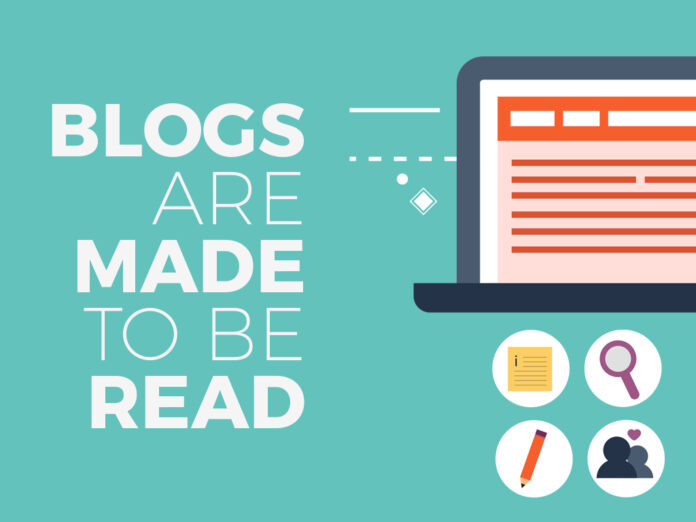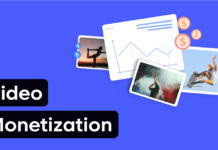In the thriving digital landscape, quality content is not just preferred – it’s paramount. Blogs are no exception to this rule, serving as potent tools for businesses, influencers, and individuals alike. This comprehensive guide will explore the facets of crafting top-notch blog content, the kind that transforms casual readers into loyal followers.
Understanding Your Audience

Knowing your audience is the cornerstone of effective blogging. Just as a chef needs to understand their customers’ tastes, bloggers must know their readers’ preferences, needs, and interests. This insight helps tailor content that resonates, creating a sense of connection and improving overall reader engagement.
Researching and analyzing your audience can be as simple as conducting surveys, browsing forums, or studying comments on your existing posts. Pay attention to common questions, complaints, and compliments – they provide valuable insights into what your audience values.
Building audience personas can further refine your understanding. Personas are fictional characters embodying segments of your readership. Each persona should have identifiable characteristics like age, profession, interests, and challenges, allowing you to craft content that speaks to them specifically.
Crafting Captivating Headlines and Introductions
Powerful headlines and intriguing introductions are the bait that lures readers into your post. They’re your first impression, your elevator pitch, your foot in the door.
Effective headlines are clear, concise, and compelling. They should hint at the value your post offers without revealing too much. Tools like CoSchedule’s Headline Analyzer can provide insights into your headline’s effectiveness.
Engaging introductions follow suit, drawing readers deeper into your narrative. Introductions should empathize with the reader’s problem, hint at a solution, and build anticipation for the content that follows. Consider BuzzFeed articles, notorious for their catchy headlines and compelling introductions that leave readers eager for more.
Structuring Your Content for Readability

The structure of your blog post should guide readers through your content like a well-planned tour. A coherent structure helps maintain interest, ensures understanding, and improves overall readability.
Logical flow is key. Every point should build on its predecessor and pave the way for the next. Aim to navigate your readers through a coherent narrative, with each paragraph contributing to your overall message.
Employ headings, subheadings, bullet points, and numbered lists for clarity. They break your content into digestible chunks, making it easier for readers to process. It’s like giving your readers a roadmap to your article, allowing them to navigate effortlessly.
Mastering the Art of Storytelling
Storytelling is an ancient art that still captivates our minds. It’s a potent tool for bloggers, helping to humanize your content, elicit emotions, and create a memorable reader experience.
Incorporate personal anecdotes, case studies, or hypothetical scenarios to craft your narrative. These elements can help bring your content to life, making complex or abstract concepts tangible.
Neil Patel, a renowned digital marketer, leverages storytelling exceptionally well. His posts often start with personal experiences, drawing readers into a narrative before segueing into valuable insights.
Writing Compelling and Informative Body Content

The body of your blog post is where you deliver the value promised in your headline and introduction. It should be rich with insights, brimming with compelling arguments, and backed by credible sources.
Incorporate relevant research, statistics, and expert opinions to boost your credibility. Use simple, concise language to explain complex ideas and make your content accessible.
Strive for a balance between informative and engaging content. It’s like crafting a good documentary: a blend of hard facts and interesting narratives that keep your readers hooked until the very end.
Using Visuals to Enhance Your Blogging
Visuals play a crucial role in enhancing your blog posts. They add an extra dimension to your content, break text monotony, and can even reinforce your points.
Use high-quality images, infographics, videos, rich snippets or diagrams that complement your content. Visuals should be more than decorative – they should add real value to your blog post.
Also, remember to optimize your visuals. Large, high-resolution images can slow down your page load times, which can deter readers. Tools like TinyPNG can help compress your images without sacrificing quality.
Engaging with Your Readers through Comments and Feedback

Community engagement is a powerful tool for fostering loyalty and gathering insights. Encourage your readers to comment, ask questions, and share opinions. Make it a habit to respond to comments, showing your readers that you value their input.
Additionally, collect feedback regularly. Surveys, polls, or simply asking for feedback in your posts can provide insights into your readers’ preferences, allowing you to continually refine your content strategy.
SEO Best Practices for Blogging
Search Engine Optimization (SEO) is a powerful tool for improving your blog’s visibility. By aligning your content with the way search engines operate, you can increase your chances of attracting organic traffic.
Use keywords strategically. Tools like Google Keyword Planner can help identify relevant keywords that your target audience is searching for. Use these keywords in your headings, URL, meta tags, and throughout your content.
Also, consider the structure of your content. Break your content into sections with descriptive headings. Use internal linking to guide readers to related posts, enhancing the user experience and keeping readers on your site longer.
Promoting and Distributing Your Blog Content

Great content is nothing without an audience. Promote your blog posts via social media, email newsletters, and collaborations with other bloggers or influencers. Leverage these platforms to extend your reach and attract more readers.
Consider repurposing your content. Turn a blog post into a podcast episode, a YouTube video, or an infographic. Each format can reach a new segment of your audience and reinforce your message.
Analyzing and Measuring Blog Performance
Measuring blog performance helps identify what’s working and what’s not. By tracking key metrics such as page views, bounce rate, and engagement, you can make data-driven improvements to your content strategy.
Use analytics tools like Google Analytics to gather insights. Look for patterns – high-performing posts can provide clues about what your audience prefers.
Conclusion
High-quality blogging is a blend of art and science. It requires understanding your audience, crafting compelling narratives, structuring your content effectively, and constantly refining your strategy based on feedback and analytics. So, embark on your content creation journey, armed with these insights, and unlock the power of high-quality blogging. Remember, mastery comes with practice and continual learning. Keep creating, keep experimenting, and most importantly, keep blogging.









